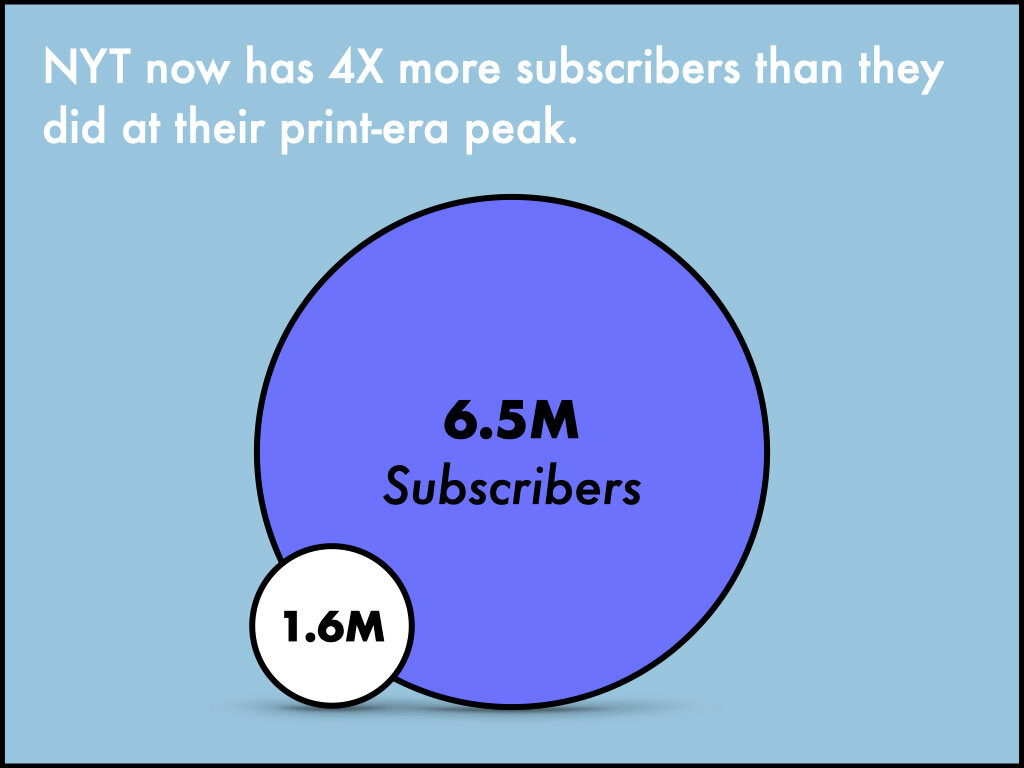143. Tactics 🎲
A marketing leader's guide to how tactics work on your team
I share a weekly update on ways to be a better marketer, brand-maker, team-builder, and person. If you enjoy this, you can share some love by hitting the Substack heart button above or below.
Hi there 👋
Have you heard people using “peanut butter” as a verb? I’ve heard it multiple times lately in business contexts. We business people do have a strange lexicon. Apparently, to peanut-butter something means taking a shortcut approach to arrive at a ballpark estimate, “spreading” your answer like you’d spread peanut butter on bread. There’s a whole Quora thread about it.
Anyway, this week’s newsletter is about tactics, not peanut butter. Although I did kind of peanut-butter some of the details, I guess. :)
Wishing you a great week,
Kevan
These are 6 cool things I read this week
1 - Customer acquisition playbook for consumer startups
For consumer companies, there are only three growth lanes that comprise the majority of new customer acquisition.
2 - Strategy vs. Tactics: Why the difference matters
3 - Slide deck: How the New York Times reinvented itself

4 - How to identify your SaaS’s most critical KPIs
5 - The complete guide to building an online membership program

~ Chimamanda Ngozi Adichie
How to think about tactics
(I made a little presentation on this topic, in case you’re more in the mood for visuals instead of words.)

I’ve heard it said that …
Vision is where you’re going.
Strategy is how you’ll get there.
Tactics are your turn-by-turn directions.
For instance, let’s say I want to vacation at the beach (vision), and I’m going to get there by renting a Wondervan and doing a roadtrip (strategy), and I’ll drive down Interstate 84 with a stopover in Portland, Oregon, to see a friend (tactics).
It’s not a perfect metaphor, but I think it does one very important job well: It acknowledges that there is a distinct difference between vision, strategy, and tactics.
(If you’d like to know more about strategy, I read a book and shared my highlights recently.)
This past week at Buffer, we spent a ton of time thinking about 2021 strategy. So, naturally, my mind started drifting into tactics.
Strategy defines the path you’re taking to reach your goals and objectives. It is a zoomed-out, high-level “how.” Tactics are the concrete, detailed, short-term routes to making good on your strategy. They are zoomed-in, on-the-ground “how.”

Tactics nest.
Your company strategy contains tactics for how to approach marketing. These form your marketing strategy, which contains tactics for channels. Your channel owners convert this into channel strategy with even-more-detailed tactics within their area.
For example, a marketing strategy may be to position your product to capture DTC market share by focusing on brand campaigns and partnership marketing and to scale user acquisition through short-payback paid channels and UGC loops. Then what might tactics look like?
Deliver an end-of-year brand campaign in partnership with Modern Retail
Launch a social campaign with DTC influencers
Scale up Facebook and Instagram DR advertising
Drive volume and traffic through UGC on social and ownedIn marketing, “tactics” usually means “channels.”
In the above example, you could “nest” strategy and tactics even one layer further if you’re a channel owner. If you run paid ads, then your strategy is to scale up Facebook and Instagram DR advertising, and your tactics may be to increase weekly number of tests, to look into programmatic, to explore new ad types, and to audit your audiences.
One of the interesting questions I find here is … Where does a marketing leader’s job end? I quite like the notion that a leader comes up with the “what” and then empowers the team to figure out the “how.” But in the graphic above, strategy is part of the “how” — and leaving strategy up to the team feels rather reckless. Instead, I think there’s value in a leader building strategy with great input from the team but being the ultimate decider; then leaving tactics up to each teammate.
How do strategy and tactics work for you? Feel free to reply and let me know how you think about it and what you’ve experienced at your work.
Thanks so much for reading. Have a great week!
— Kevan
P.S. If you liked this email and have a quick moment, could you click the heart button below? It’d mean a ton to me and might help surface this newsletter for others. Thank you!


